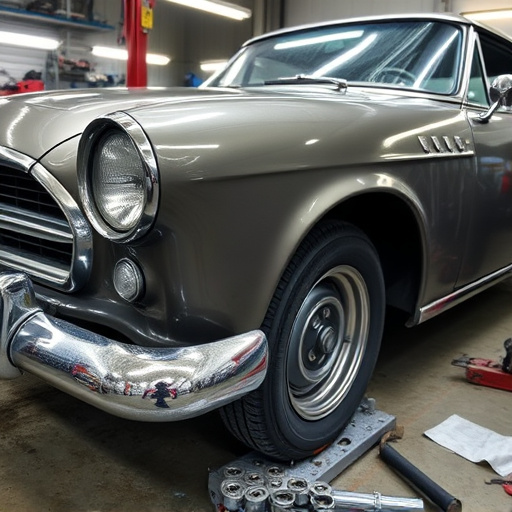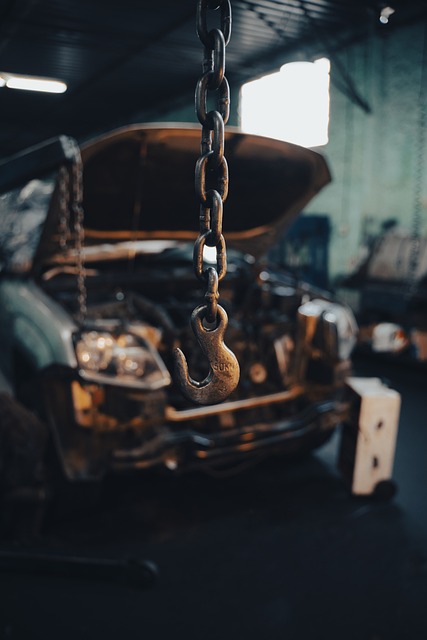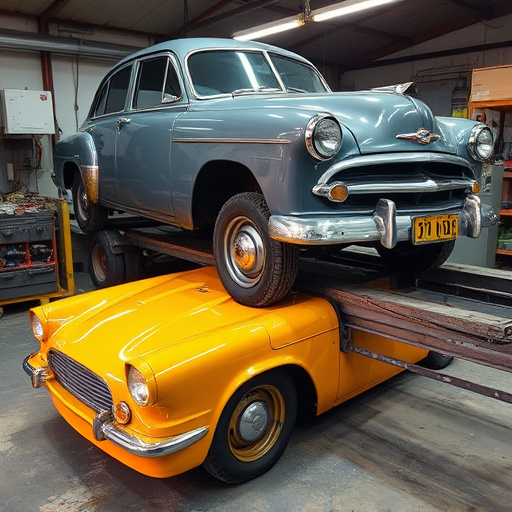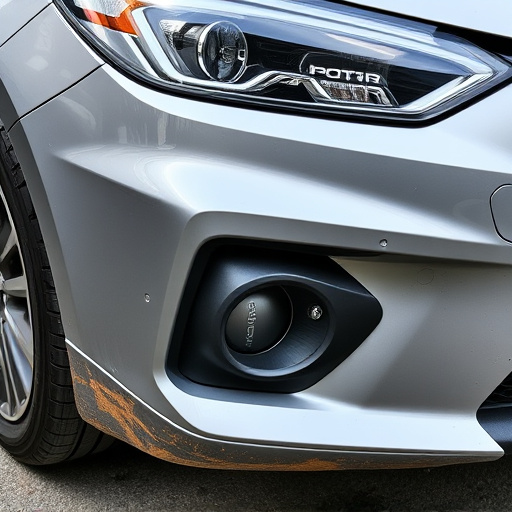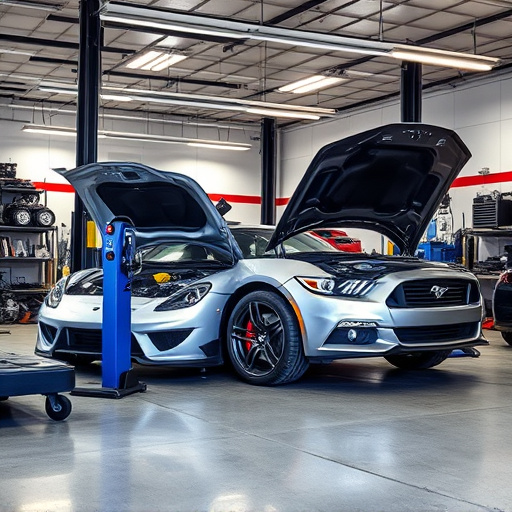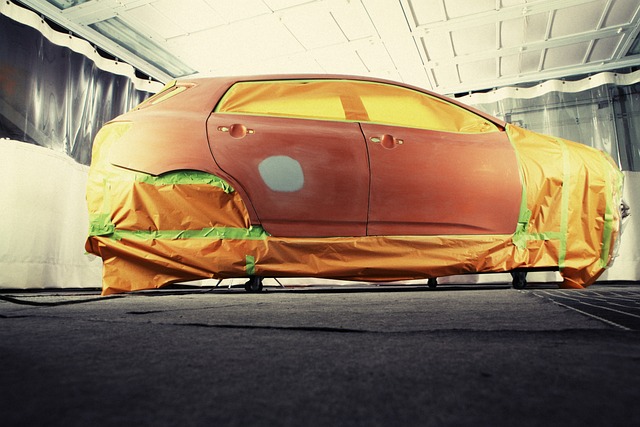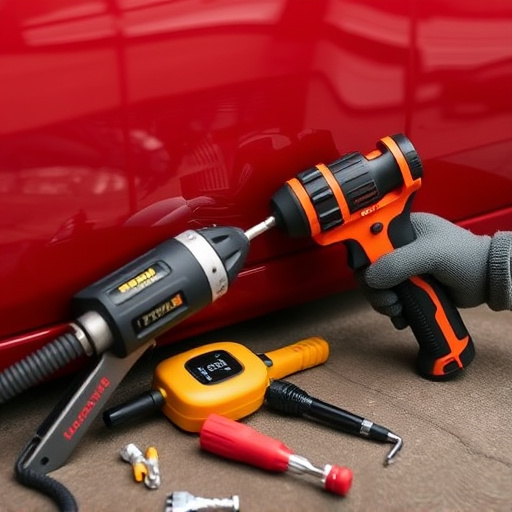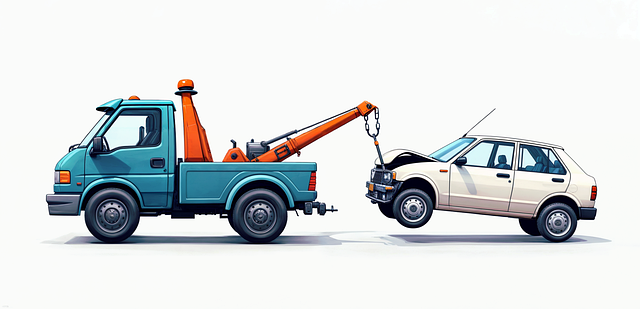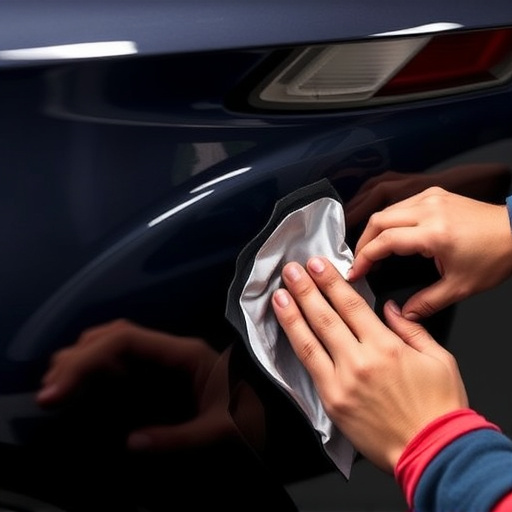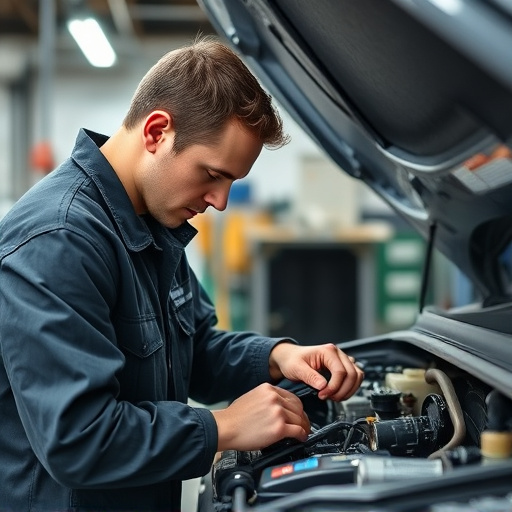Heat welding is a cutting-edge, skilled technique gaining popularity in plastic bumper repair. It offers precise, durable bonds through controlled heat application, allowing experts to efficiently fix cracks, chips, or replace damaged sections. This method minimizes surrounding material damage, providing a cost-effective solution that restores vehicles to their pre-accident condition while ensuring high-quality plastic bumper repair services with permanent bonds and structural integrity.
“Revolutionize your approach to plastic bumper repair with heat welding—a game-changer in the automotive industry. This advanced technique offers a durable and precise solution for restoring damaged car bumpers.
In this article, we’ll explore the science behind heat welding, its numerous advantages over traditional methods, and provide an insightful step-by-step guide to ensure successful plastic bumper repairs. Discover how this modern method can transform your repair process.”
- Understanding Heat Welding for Plastic Bumper Repair
- Advantages of Using Heat Welding in Advanced Plastic Bumper Repairs
- The Process and Best Practices for Heat Welding Plastic Bumpers
Understanding Heat Welding for Plastic Bumper Repair
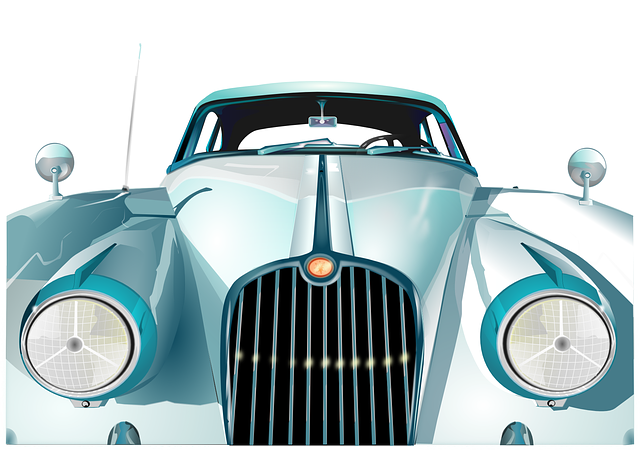
Heat welding is a specialized technique gaining popularity in the field of plastic bumper repair. Unlike traditional adhesive methods, this process uses heat to fuse two pieces of plastic together, creating a strong and durable bond. By applying precise temperature control, auto maintenance experts can ensure effective fusion while minimizing damage to the surrounding material.
This advanced method is particularly useful for car collision repair, where precision is key. Heat welding allows for intricate repairs, filling in cracks, chips, or even completely replacing damaged sections of a bumper. As a result, it offers an efficient and cost-effective solution for car bodywork services, ensuring vehicles return to their pre-accident condition.
Advantages of Using Heat Welding in Advanced Plastic Bumper Repairs

Heat welding offers several significant advantages when it comes to advanced plastic bumper repairs. Unlike traditional glue or adhesive methods, heat welding provides a permanent and robust bond between damaged plastic parts. This technique ensures that the repaired area is as strong as the original, maintaining the structural integrity of the vehicle’s bumper.
In the realm of auto body restoration, heat welding is particularly valuable for its precision and effectiveness. It allows for complex shapes and contours to be seamlessly reattached or replaced, resulting in a virtually undetectable repair. Moreover, this method is versatile and can be applied to various types of plastic, making it a go-to solution for both minor scrapes and major car damage repairs. In terms of automotive repair, heat welding offers a time-efficient and cost-effective alternative to more invasive procedures, contributing to a faster turnaround time and better value for customers seeking high-quality plastic bumper repair services.
The Process and Best Practices for Heat Welding Plastic Bumpers
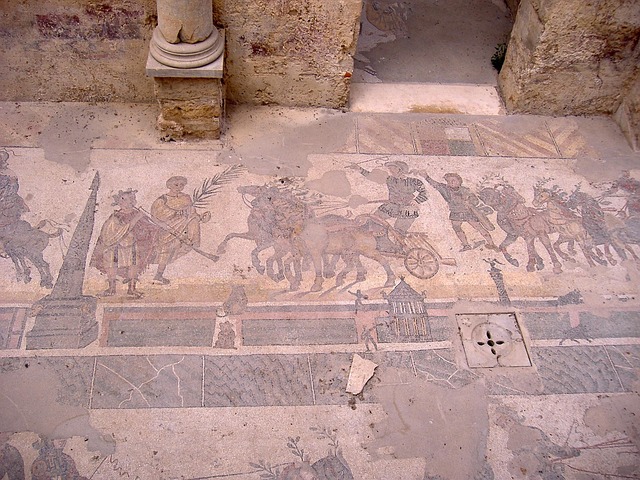
The process of heat welding involves applying concentrated heat to fuse two pieces of plastic, a technique increasingly used in advanced plastic bumper repair. This method is particularly effective for restoring vehicle components to their original integrity and strength. The first step is to prepare the surfaces by ensuring they are clean, dry, and free from debris. A heat gun or welder is then used to apply precise bursts of heat along the join line, melting the plastic until it flows together seamlessly. This requires skill and experience to avoid overheating and warping.
Best practices for successful plastic bumper repair using heat welding include maintaining a consistent heat profile, using suitable heat tools for the material, and monitoring the weld closely. The joint should be allowed to cool gradually for optimal strength. In a professional auto repair services or collision center, this process is often automated with specialized equipment, ensuring precision and efficiency in restoring damaged bumpers to their original condition.
Heat welding has emerged as a game-changer in advanced plastic bumper repair, offering precise and durable solutions. By understanding the process and best practices, professionals can ensure superior repairs that enhance vehicle aesthetics and safety. The advantages of heat welding, such as its speed, efficiency, and ability to fuse plastics seamlessly, make it the preferred method for modern automotive restoration. For those seeking reliable plastic bumper repair, heat welding is indeed a cutting-edge technology worth considering.
